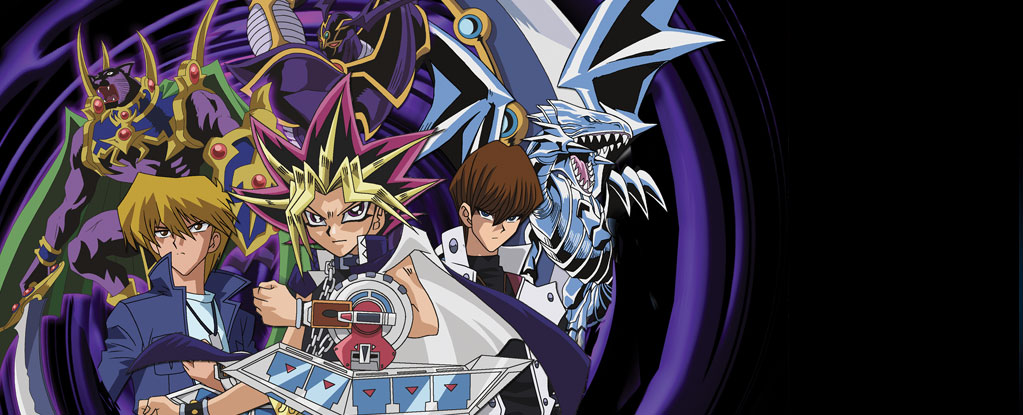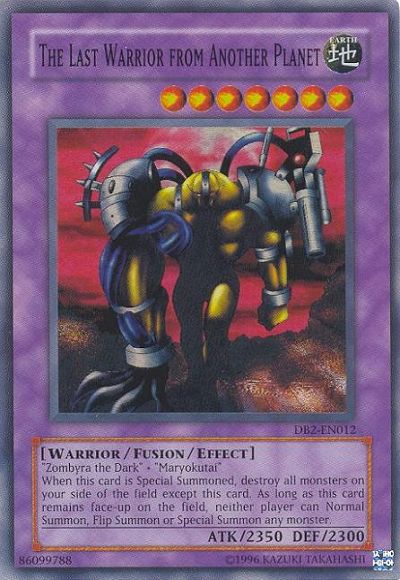(source)
Growing up, one
of the biggest criticisms I heard of Disney princess movies was that they gave young women unrealistic expectations. I often dispute
that empowering messages were available in most of them if you were
willing to look hard enough. As the wise Rafiki once said, you need to
“look beyond what you see.”
(source)
These days, however, Disney has taken a whole other route with their princess movies. This pathway doesn’t require nuance or looking beneath the surface to find the messages that lift up our young women and tell them they can follow their hearts, dreams, and strengths. The focus has shifted from young women needing to be saved or led by a strong male to women who pave the way themselves. The ones who inspire them are not lovers (or potential lovers), fathers, brothers, or male mentors--they’re grandmothers, mothers, or even each other. There is nothing wrong with the princess who falls in love and fights alongside her man, but those stories are in abundance, leaving the girls who aren’t interested in romance on the sidelines. Not every story needs romance, especially when dealing with young girls and teenagers discovering their paths in life.
Brave and Frozen set a new standard in this way. Both featured female leads who either showed no interest in romance (Elsa) or felt they should be able to explore it when they were ready and on their own terms (Merida).
(source)
The latest princess movie to hit the theatres didn’t even introduce the concept of romance; our leading lady was focused on finding her place in the world instead. Moana is a princess I wish I had had growing up. In a time when everyone was focused on boys, love, and mushy stuff, it would have been nice to have someone who showed me these things didn’t need to enter into the equation.
But not requiring romance is only one facet of what makes Moana an incredible character for girls and young women to aspire to. The qualities she possesses in both her flaws and her strengths contain lessons to help any young woman navigate towards her chosen direction in life.
One of the first things that stood out to me about this fierce princess is that she wasn’t afraid to question the status quo. In fact, even when she received an answer, she still kept asking because it simply didn’t make sense. As her island was dying around her, with food supplies running low, the logical solution was to expand. Not only did her father not want to hear of it, he feared the idea. Moana felt in her heart that fear wasn’t a good enough reason, and so she pushed to find answers. She sought after the truth on her own, even when her parents were unwilling to give it to her. She recognized that those older than her had wisdom, and she sought out different perspectives on the issues.
(source)
Moana’s love and passion for the water burned fiercely on her heart since before she even understood what it was. She knew where her skills, heart, and talents lie, and pursued them wholeheartedly. Her parents didn’t support her--in fact, they discouraged the natural talent and passion within. They didn’t fully understand, and because of her father’s experiences, they worried she would be hurt, so they did what they felt was best. Despite that, Moana allowed her passions to grow. When the moment called for it, she embraced her calling fully and ran after it, heart and soul. She knew where she needed to go, and she did it. Even without her father’s blessing. Although she likely couldn’t put words to it, Moana recognized that courage isn’t the absence of fear, but the ability to move forward through the fear. She was relying on a magic she didn’t understand, a guide in the stars she had just learned about, and her own untrained abilities to hunt down Maui and restore the hearthstone. She was visibly afraid. But nevertheless, she persisted. She took a stand and fought for what she knew was right--even against a demi-god several times her size.
(source)
Most importantly, her actions were not driven by selfish desire. She recognized her responsibility to her people--people whom she loved and wanted to serve as their leader--and learned how to bind that together with her passions. Albeit at times clumsily, she figured out how her responsibilities and her passions could come together to help others. Her own well-being was often set aside if it meant she could help--and save--the lives of her family and people. She recognizes that when she combines all these parts of herself, that is when she truly finds herself.
(source)
There are many, many, many things about Moana that could be highlighted as reasons why she stands out as a role model. These are just the ones most apparent during my first watch-through of the movie. And of course, we can’t forget the fearless companionship of her faithful rooster, Heihei!
 |
| (source) |






































:origin()/pre14/af6a/th/pre/i/2012/201/a/f/2012_is_the_end__by_broken_wavelength-d57xv5c.png)


















